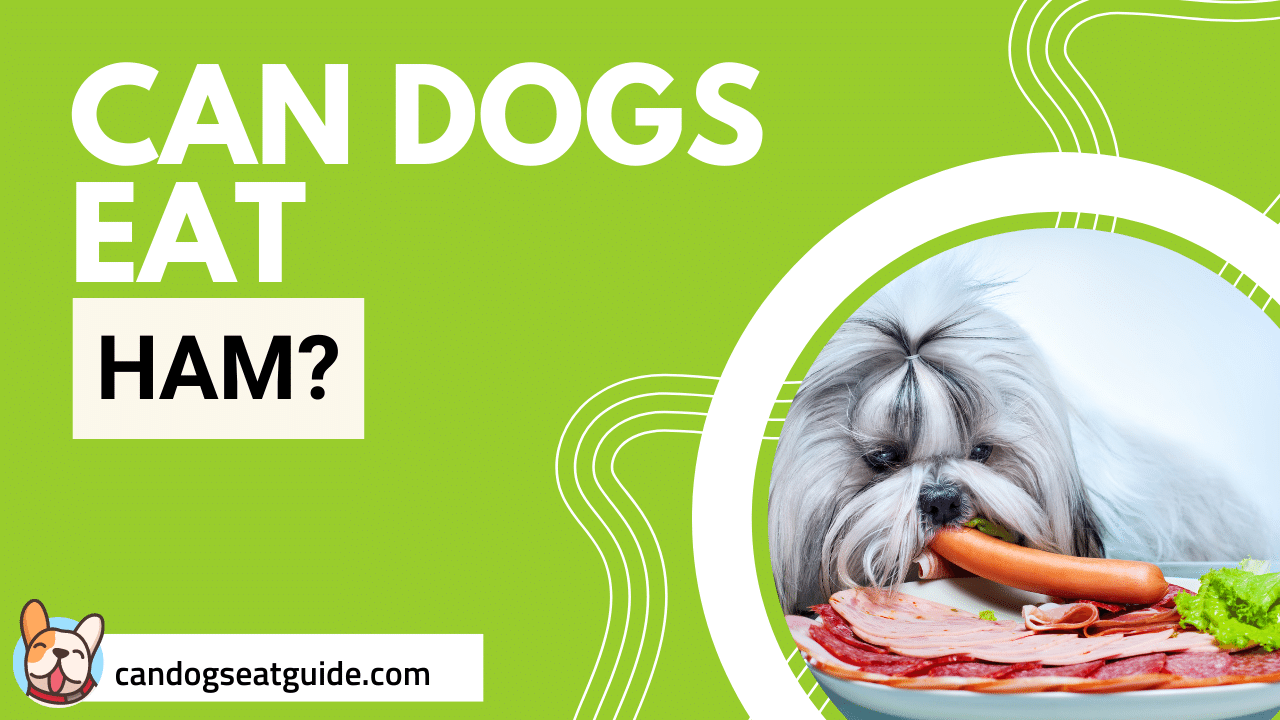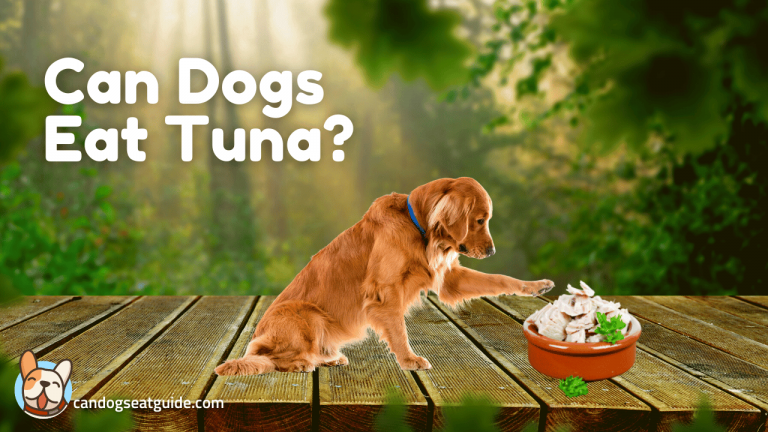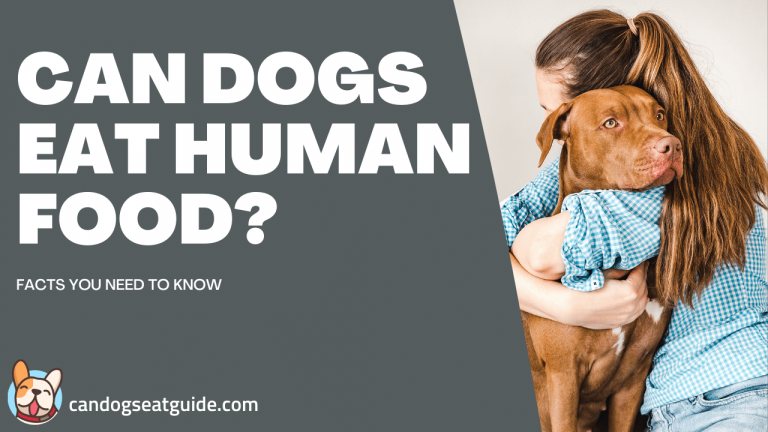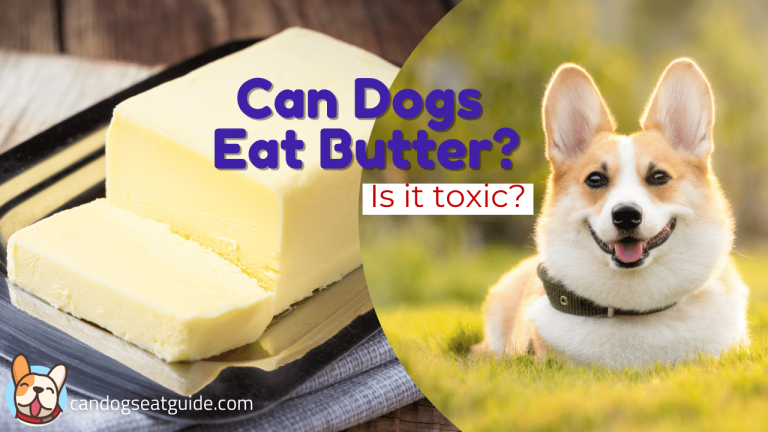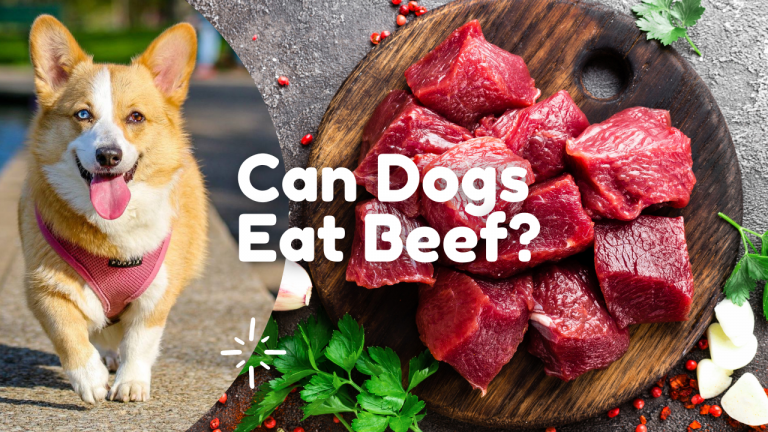Christmas is coming, New Year is coming, and I can’t believe that the year is almost over. So with these holidays, we can’t imagine anything but tables FUUUULL of food. Different types of appetizers, main courses, and desserts.

And of course, if you want to spend these holidays at home, your four-legged bestie will be there too. I am sure you will be like can I give my dog eat some appetizers, some desserts, and that’s a normal way a human thinks.
If you are reading this, then you are wondering if can dogs eat ham. We are here to give you the answer.
If you want to give something from the holiday table try things like sweet potatoes, green beans, or some turkey or chicken.
How Ham Is Made?
Ham is made of pork meat – exactly from the leg. This cut from the leg is preserved by wet or dry curing, and it can be smoked or not.
Dry curing is also known as salting and during this process can be used some specific herbs and spices. Usually, dry-cured ham is eaten without cooking.
Wet-cured hams are brined – the meat stays in brine (a mix of water and salt, sometimes sugar is added too) for 3 to 14 days. A worldwide known example of wet-cured ham is the Italian prosciutto cotto.
Can Dogs Eat Ham?
It’s not easy to say directly to say yes or no.
Why?
Well, the worldwide loved ham isn’t toxic to dogs, but that doesn’t mean it’s completely safe to give it to your dog. It’s not the best meat to give your dog, also it’s not the best form of protein that you can include in your dog’s diet.
So, is it yes or no?
It’s both. Dogs can eat a bite or two without any problems (except of course if there aren’t any underlying health issues) but big amounts aren’t good for dogs’ health. But giving one bite or two, I can’t lie dogs will love and they will want more.
But then you should be very strong as they are gonna show their puppy eyes.
As you may know, not all human foods are healthy for dogs.
We have included ham in our post What Meat Dogs Should Avoid Eating? with reasons of course but you can check what else we have included.
Is Ham Good For Dogs?
Let’s start with the positives of ham. And of course, then we will check the negatives.
- Ham is a source of protein.
- Ham is very tasty.
And I am done with the positive sides.
Is Ham Bad For Dogs?
Here, I am sure the list will be a bit longer.
- If your dog is getting enough protein from their food then this will extra – which isn’t good.
- Difficult to digest.
- Too many extra calories aren’t good for obese dogs.
- Meat is rich in fat – it is not good for many dogs.
- Too high levels of sodium.
- Store-bought packaged meat is usually full of preservatives – usually sodium based.
- Many hams are cooked in garlic, onion, cloves, or spices.
A high-fat content isn’t good because it can cause a lot of digestive problems. Large amounts can cause pancreatitis and it’s a very bad idea to give foods that are rich in fats to dogs that already have pancreatitis.
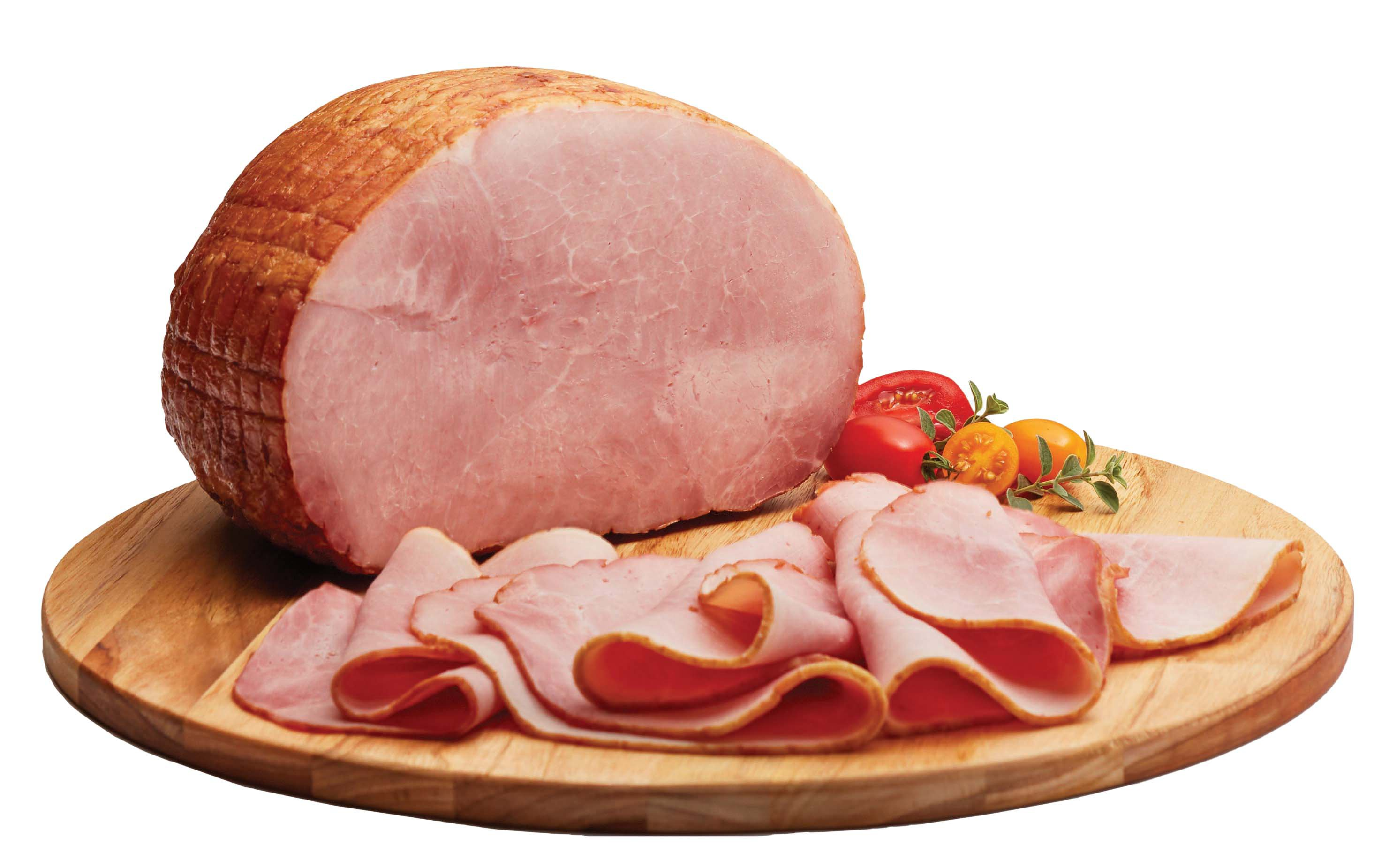
High levels of sodium aren’t good for dogs as they will be much more thirsty and of course, they will need more water. But that is just a little concern. The problems come when your dog has kidney, liver, or heart diseases or high blood pressure. In these cases, it can be life-threatening. Dogs should get at least 0.3% sodium, but that is a task for the dog food they are eating.
Don’t give ham to your dog if it has a very sensitive stomach or any underlying health issues.
You should avoid giving any food to your dog that contains garlic, onion, cloves, or any other spices as they can be toxic or cause stomach irritation. Many hams in stores contain these ingredients that’s why ham isn’t safe for dogs.
Nitrates and Nitrites
Nitrates and nitrites are used in pickling and curing brines to preserve meat. Both of them are sodium-based preservatives.
Can nitrates and nitrites be poisonous to dogs?
If they are consumed in large amounts nitrate poisoning is almost sure. If you want to be sure that dogs can’t get nitrate poisoning then keep the amount of food small and don’t give foods that contain too much-added nitrates. Examples of food that are high in added nitrates are ham, bacon, deli meat, and hot dogs.
But you shouldn’t cut the nitrates completely as the natural sources of it are safe for dogs. Examples of veggies that contain safe nitrates are spinach, cabbage, lettuce, and carrots.
Signs of nitrate poisoning:
- rapid or weak heartbeat
- weakness
- tremors
- very low body temperature
- lack of coordination
- difficulty breathing
- drooling
- anxiety
Recovery
It usually takes around 10 to 14 days for dogs to recover fully but some dogs have the consequences of this poisoning for their whole life. The consequences are retarded growth, vitamin A deficiency, reproductive problems, and lowered milk production.
Signs of Bad Reaction After Consuming Ham
Many of the signs in the list below are because of the high sodium level in ham and you may not know but salt can be toxic to dogs if consumed in high amounts.
Signs:
- vomiting
- diarrhea
- dehydration
- constipation
- excessive urination
- kidney damage
- lethargy
- seizures
- lack of appetite
- abdominal pain
If you notice any of these signs or something else call your vet immediately as it can be serious for the dog’s health condition.
Can Dogs Eat Ham: A Dog-Friendly Recipe
If you really want to give a bit of ham to your dog as a treat, then here is a recipe that will be great for this work. But remember only small amounts of treats as they shouldn’t be more than 10% of the calorie intake for the day of your dog.
Green Eggs & Ham Treats
Ingredients:
- 1 1/2 cups of finely chopped spinach;
- 1 1/2 cups (8 oz) of finely chopped cooked ham;
- 2 cups of unseasoned bread crumbs;
- 6 beaten eggs;
- 1/4 cup of grated parmesan cheese;
- 1/3 cup of shredded cheddar cheese;
- 1/2 cup of extra light olive oil;
- 1/2 teaspoon of sea salt.
Method:
- Mix all ingredients in a large bowl.
- Scoop spoonfuls (use a small cookie dough scooper) and place them on a baking sheet.
- Bake at 350F degrees for 30 minutes or until lightly browned on the bottom edges.
- Serve once in a while to your dog – they can be stored in the fridge for a week or up to 4 months in the freezer.
Fun Facts About Ham
- Prosciutto is an Italian dry-cured ham that is usually thinly sliced and served uncooked; this style is called prosciutto crudo in Italian.
- Jamón is a dry-cured ham and one of the most well-known foods in Spanish cuisine.
- A Christmas Ham or Yule Ham is a traditional dish associated with modern Christmas, Yule, and Scandinavian Jul.
- The ham sandwich is the second most popular sandwich in America (after the turkey sandwich).
Summary
Let’s sum up everything. A small of ham will not hurt your dog but big amounts for sure will cause pancreatitis or weight gain as ham is rich in fats and has a lot of unnecessary calories.
You should always consult with the vet of your dog when you want to include some human food as a treat or snack.
Let us know do you give your dog ham and does it love it. Comment down below what is your opinion of dogs and ham.
FAQs
Can dogs eat ham bones?
Ham is enough bad for dogs, but cooked bones are even worse. Cooked bones can cause splinter if your dog chews them, as by cooking they got much softer and then this isn’t actually a very difficult task.
Then raw bones are a bit full of bacteria that will for sure cause damage to your dog.
Can dogs eat ham hocks?
As ham hocks are made from the joint that connects the leg to the foot they can cause choking hazards because of their large sizes. Also, they can very easily cause gastrointestinal problems.
Can dogs eat cooked ham slices?
If the ham isn’t cooked in garlic or onion, which are toxic to dogs, then you can give them a bit of it.

